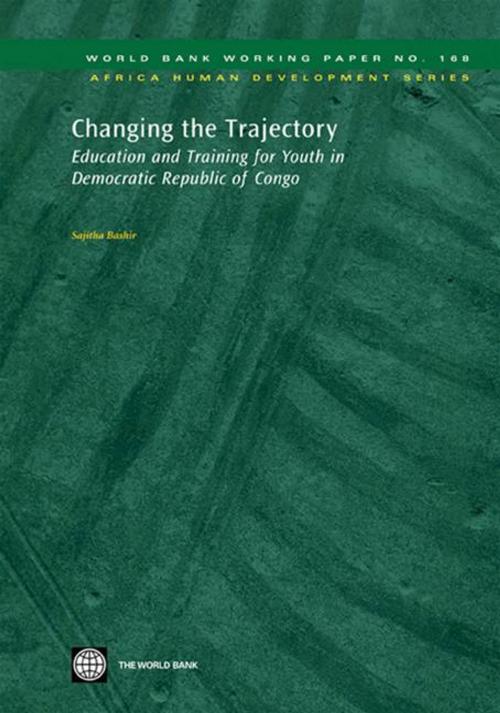Changing The Trajectory : Education And Training For Youth In Democratic Republic Of Congo
Business & Finance, Business Reference, Education| Author: | Bashir Sajitha | ISBN: | 9780821380024 |
| Publisher: | World Bank | Publication: | June 25, 2009 |
| Imprint: | Language: | English |
| Author: | Bashir Sajitha |
| ISBN: | 9780821380024 |
| Publisher: | World Bank |
| Publication: | June 25, 2009 |
| Imprint: | |
| Language: | English |
This study analyzes the current educational attainment and school enrollment status of youth, as well as the formal and informal post-secondary educational and training opportunities available to them. The study uses the results of a simulation model that incorporates enrollment in alternative education programs and considers alternative scenarios for developing the post-primary sector. Each scenario is evaluated for the impact on the human capital accumulation of young people and the sustainability of public expenditures. The report offers policy options for rapidly raising the educational attainment of young people who will be entering the labor force in the next two decades, including expanding opportunities for alternative education and training for out-of-school children, the extension of primary education, and the reorganization of secondary and technical/vocational training to reduce early specialization.
This study analyzes the current educational attainment and school enrollment status of youth, as well as the formal and informal post-secondary educational and training opportunities available to them. The study uses the results of a simulation model that incorporates enrollment in alternative education programs and considers alternative scenarios for developing the post-primary sector. Each scenario is evaluated for the impact on the human capital accumulation of young people and the sustainability of public expenditures. The report offers policy options for rapidly raising the educational attainment of young people who will be entering the labor force in the next two decades, including expanding opportunities for alternative education and training for out-of-school children, the extension of primary education, and the reorganization of secondary and technical/vocational training to reduce early specialization.















